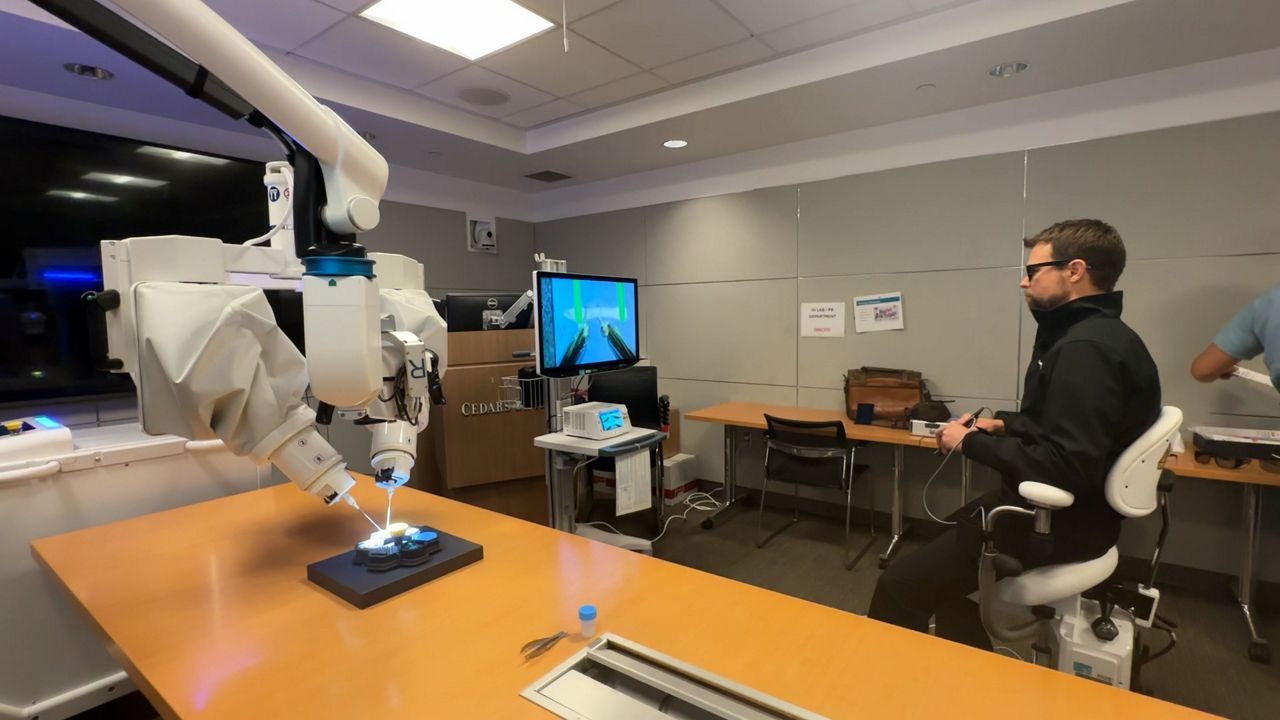FLORIDA — May is Lupus Awareness Month, yet more than half of Americans say they don't know what lupus is.
- 1.5 million Americans living with lupus
- Autoimmune disease can affect many different organs
- Hispanic, Black women more prone to developing lupus
- Want to learn more? Be Fierce, Take Control
For Clara Alvarez, every day is a gift.
“Some days I go to bed fine and the next day, I can’t get up,” she said.
Alvarez is one of 1.5 million Americans living with lupus, an autoimmune disease. Lupus causes a person’s immune system to go haywire, attacking different parts of the body.
“You look outside, it’s a beautiful day, but you can’t move. You can’t participate in life,” she said.
Wide range of symptoms
Because lupus can affect so many different organs, a wide range of signs and symptoms can occur.
These symptoms may come and go, and different symptoms may appear at different times during the course of the disease.
The most common ones are extreme fatigue, painful joints or muscles, fever, hair loss, and a butterfly-shaped rash across the cheeks and nose.
Hispanic and black women are more prone to developing lupus. Minority women tend to develop lupus at a younger age, experiencing more serious complications and have higher mortality rates.
Educating and raising awareness
A new Lupus Foundation of America survey showed 63 percent of Americans surveyed have never heard of or know little or nothing about the disease.
To address this, the Foundation has an ongoing national lupus awareness and education campaign named "Be Fierce. Take Control." The goal is to raise awareness of the signs and symptoms of lupus among Latino and African American women ages 18 - 25, a population at higher risk for the disease.
Alvarez wasn't diagnosed until 2004. Looking back, she says she's had symptoms since she was a child.
In her case, it usually affects her vision.
“By the time we got to it, it had already caused permanent damage in my body,” she said.
Lupus can be a danger for those who may not realize they have it, due to potentially deadly complications if left untreated.
Singer Selena Gomez recently made headlines after she got a kidney transplant - a result of lupus complications.
Misdiagnosis common
Since lupus symptoms mimic so many other diseases, it’s often misdiagnosed.
It takes lupus patients an average of six years to receive the correct diagnosis.
Rheumatologist Dr. Robert Levin says education is a two-way street for both the general public and healthcare providers.
“I think the access to care issue is really important in terms of advocating for yourself so that you can get to the specialist you need to see,” Levin said.
Alvarez says her flare ups probably wouldn’t be as severe, had she received an earlier diagnosis.
“Go by your symptoms and learn to listen to your body,” she said. “Find a doctor that will listen and don’t give up.”
Lupus Awareness Month events:
- Ū Rock: A Concert For Lupus Awareness | Saturday, May 4, 2019, 2:00 p.m. - 6:00 p.m. Ulele Restaurant, 1801 N. Highland Avenue, Tampa, FL 33602
- Walk to End Lupus Now | Sunday, May 5 at Al Lopez Park 4:00 p.m. check in








